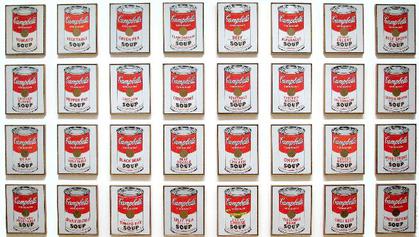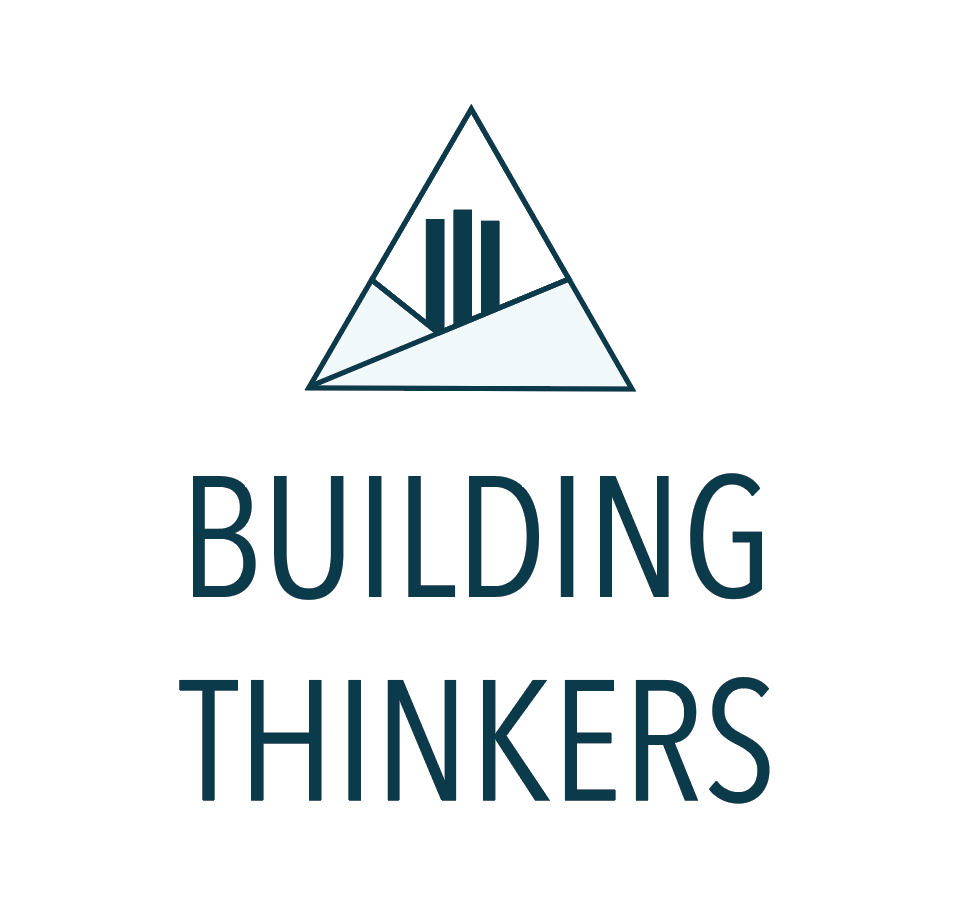Three Tips to Make Learning Irresistible
Andy Warhol transformed everyday items into something that makes us stop and wonder.
And while I’m not sure if his pop art aligns to your artistic preferences, it certainly grabbed enough attention for art-historians to reference him as the most-renowned American pop art artist and the highest-priced living American artist.
His art centers on the irresistible commodity–most famously the Campbell’s Soup Can.

In my conversation with Davis Staedtler, we talk about the challenges of learning as a commodity and how he thinks about making it irresistible.
THE CHALLENGE: Learning is a commodity. There is so much of it, nothing stands out, nothing sticks with you. Everyone is fighting for the learner’s attention.
-Davis Staedtler
So where do we start?
Davis shares 3 tips for learning and development professionals looking to make their learning irresistible:
1. Clarity – Be relentlessly clear and concise.
Avoid the mental trap of thinking, if I don’t say all these things, then they won’t learn. Weed out anything that opposes a clear, concise, coherent learning arc.
When there is coherency (things building upon each other) in your learning design people feel like you were really clear to them. They feel like they are on a journey.
2. Simplicity – Don’t be fancy.
If you are being too fancy you aren’t focusing on comprehension. Reduce anxiety during learning by removing unnecessary “fanciness”. Focus is the art of elimination. Focus on something really memorable and emotionally stimulating.
3. Relevance – Don’t be trendy.
Strike the right balance between being timely and timeless. Don’t teach to generational status, teach to the brain.
Consider whether you are developing an exposure experience or a learning experience – exposure and learning are different. The learning experience has to generate a strong insight.
We tend to commit to the things we share. Look for ways to share learning in a social setting.
Warhol made us stop, look, and discuss. A learning experience can do the same. As we build our learning objects with our learners’ needs in mind, knowing there is a lot of noise vying for their attention, what we end up with is something that reduces anxiety and builds on the experience our learners already bring to the table.
